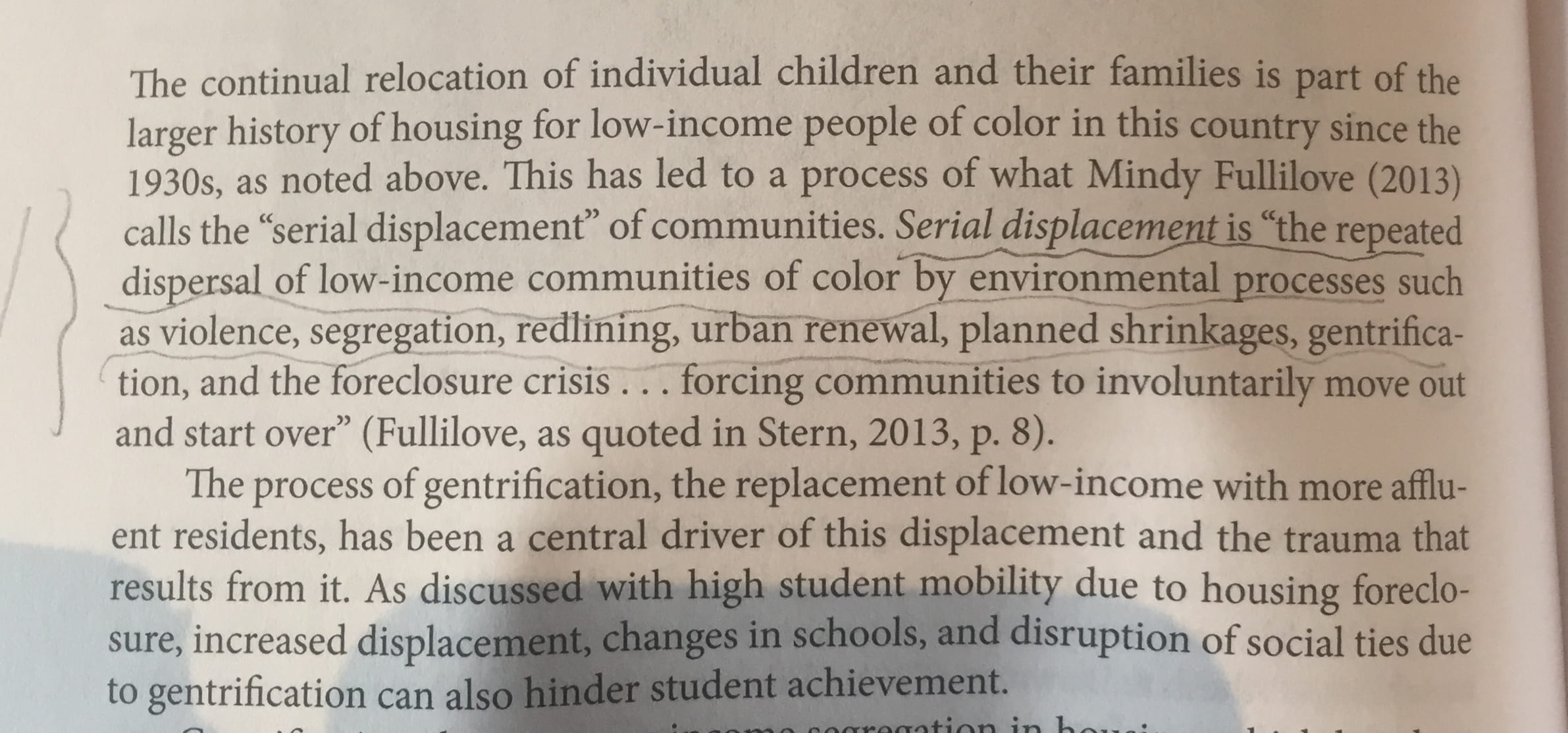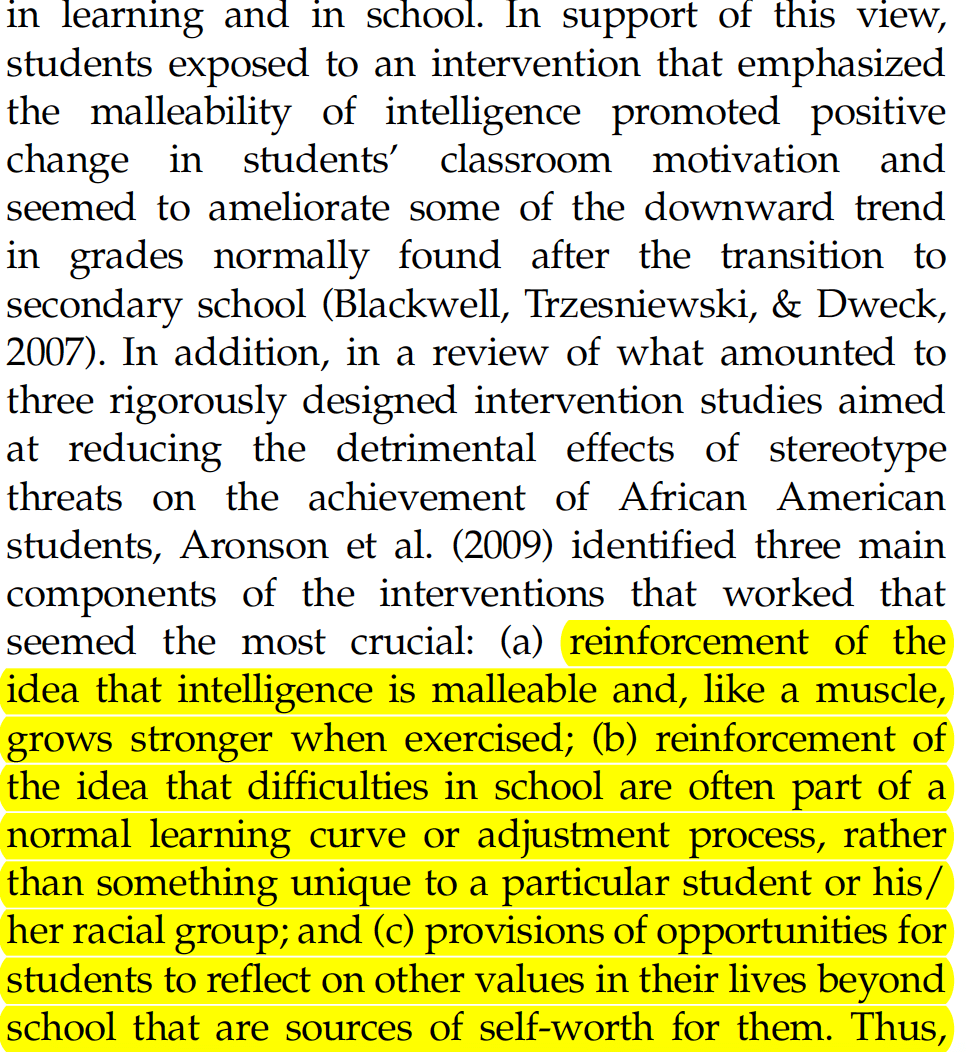As I started browsing through social media platforms, I became interested in exploring how teenagers use Twitter. At first, I wasn’t too familiar with how teenagers use the social media platform. But according to the Pew Research Center (Anderson & Jiang, 2018), teenagers now use Twitter more frequently than Facebook. MacArthur’s article (2018) that highlights the use of social media for black girls’ empowerment also caught my attention, since he describes how these students use social media to fight against stereotypes, partial stories about their misrepresentation, and other institutional inequalities that exist in their own communities. As a woman of color, and a future Spanish teacher in the United States, I became very inspired after reading a Twitter campaign that rallied against the injustices in a school. The campaign was led by a female black student as part of an empowerment program that uses social media to promote media literacy. As I reevaluate the use of Twitter in my classroom, I want to explore different ways I can incorporate it in my lessons to relearn about what kinds of discourse is narrated in Spanish speaking cultures.
As a platform, Twitter has made a difference around the world by enabling its users to promote political and social campaigns. It allows people from different socioeconomic backgrounds to work together towards a mutually-shared belief or vision. As adolescents start using social media, they realize that people are watching them; they become aware that their own friends are following what they are doing.
Re-purposing Twitter for positive and impactful changes in the classroom can be difficult. Once a tweet is out in the world it cannot be edited; therefore, users have to more careful about what they express to the world. Since teenagers are still developing their own identities and image, they want to be seen by their friends while they are judging each other. However, I think Twitter can be a more powerful platform because it is based less on physical appearance than doing something “cool.”
As I think through activities to reuse Twitter in my classroom, one teaching example comes to mind. The misrepresentations and stereotypes that media creates about Spanish-speaking cultures. One activity I can think of is to search for different representations of from a wide arrange of Spanish-speaking nationalities in Twitter. This type of activity can be introduced when we are discussing the misrepresentations of women in Latin American culture. For example, looking for #peruvians, #colombians, #dominicans. We can start by exploring first what kind of media images are shared about those nationalities and understand the similarities and differences. For the second activity, we can add #peruvianwoman, #colombianwoman, #dominicanwoman, and see if it makes a difference to express what’s out there for woman’s representation. For the last part, we can start thinking about if there are more positive or negative things as we do the search and analyze why this happens and compare how women are represented in American culture. For the final project, I will have each student advocate for a topic that they find important to illustrate women’s achievements in Latin America and create a #hashtag campaign that promotes positive representations of women and their successes from the past or present in Latin America. Each student or group of students will choose a country.
Empowering students from different backgrounds to use Twitter for social media campaigns can be a powerful tool. It allows students to rethink what they can do for their own communities that may feel misrepresented. Because Twitter is based on creativity instead of physical appearances, I believe that it is a more effective and powerful medium for students to re-create and re-conceptualize how they are represented by the print and digital media.
One drawback I can see from doing this activity is that these types of changes may not be enough to motivate students to replicate this activity in their own communities, and if they do, that it will not go beyond Twitter. In that case, students may feel powerless to be able to create any changes. For that reason, we have to recognize that Twitter is just a start to change the discourse. Students must organize themselves and engage in social and political change beyond Tweets. Being able to communicate the importance of these activities to other teachers in the school could make a difference to start developing critical and inquisitive minds in our students.
References
McArthur, S. A. (2016). Black girls and critical media literacy for social activism. English Education, 48(4), 362-379.
Anderson, Monica & Jinjing Jiang (May 31, 2018). Teens, Social Media & Technology 2018. Washington D.C.: Retrieved from the Pew Research Center:
http://www.pewinternet.org/2018/05/31/teens-social-media-technology-2018/



